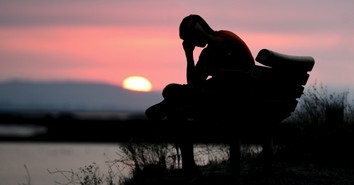7 Things to Know about D-Day on Its Anniversary

Today, June 6, marks the anniversary of D-Day, when Allied forces stormed the beaches of Normandy in World War II. It was the largest seaborne invasion in history and marked a turning point in the War. Today is a day to look back in history, to learn about what happened, and honor those who fought and died to defend freedom.
Photo courtesy: Wikimedia Commons
1. What does D-Day even mean?
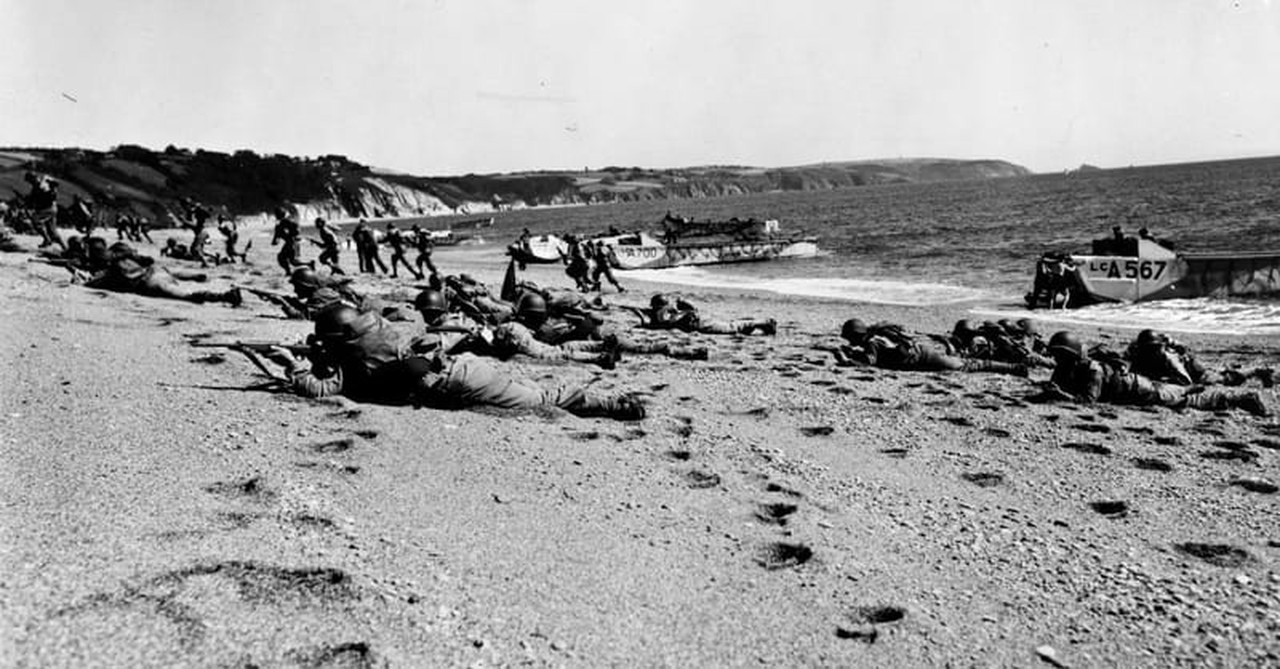
1. What does D-Day even mean?
SLIDE 1 OF 7
D-Day, in military lingo, refers to the day an operation is to be carried out. The Normandy landings in World War II are probably the most common D-Day in history. On June 6, 1944, the Allied forces stormed the beaches in Normandy in what is also known as Operation Neptune, part of the overall Normandy invasion known as Operation Overlord.
Photo courtesy: Wikimedia Commons
2. What countries had men fighting in D-Day?
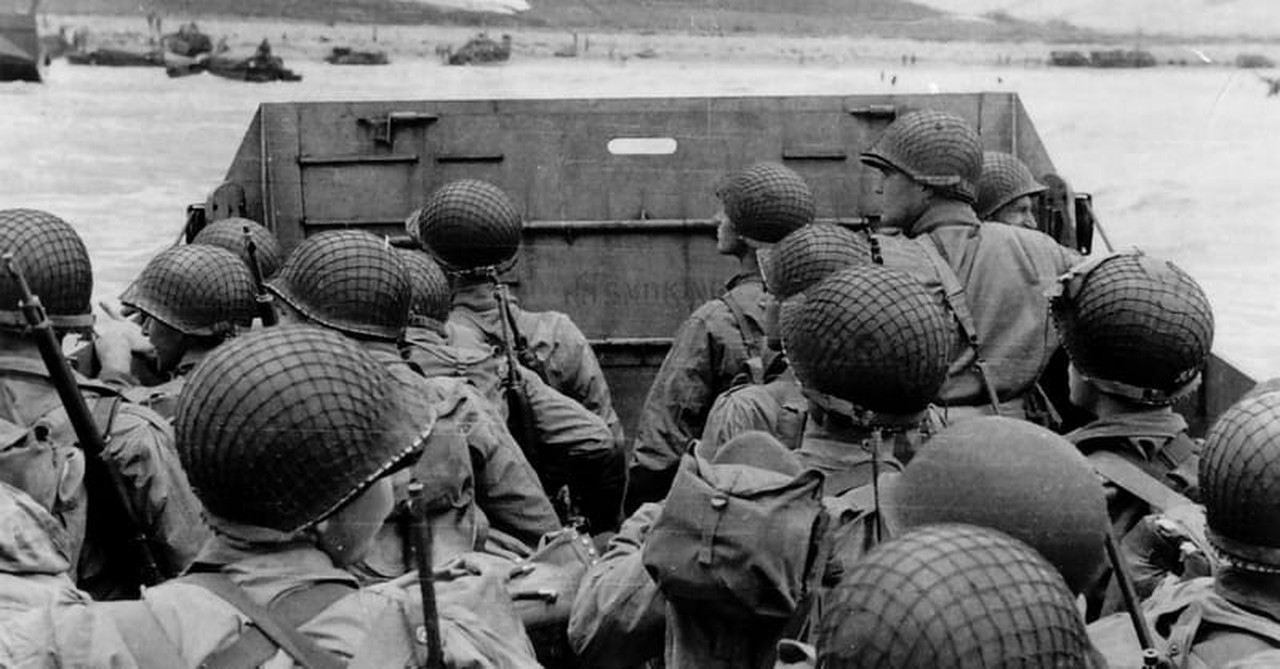
2. What countries had men fighting in D-Day?
SLIDE 2 OF 7
When many of us think of troops storming the beaches of Normandy, we likely think of British or American forces, but many other Allied nations also sent troops to fight in the battle. These countries included Canada, Australia, Belgium, Czechoslovakia, France, Greece, the Netherlands, New Zealand, Norway, and Poland.
Photo courtesy: Wikipedia
3. How many troops took part in D-Day?
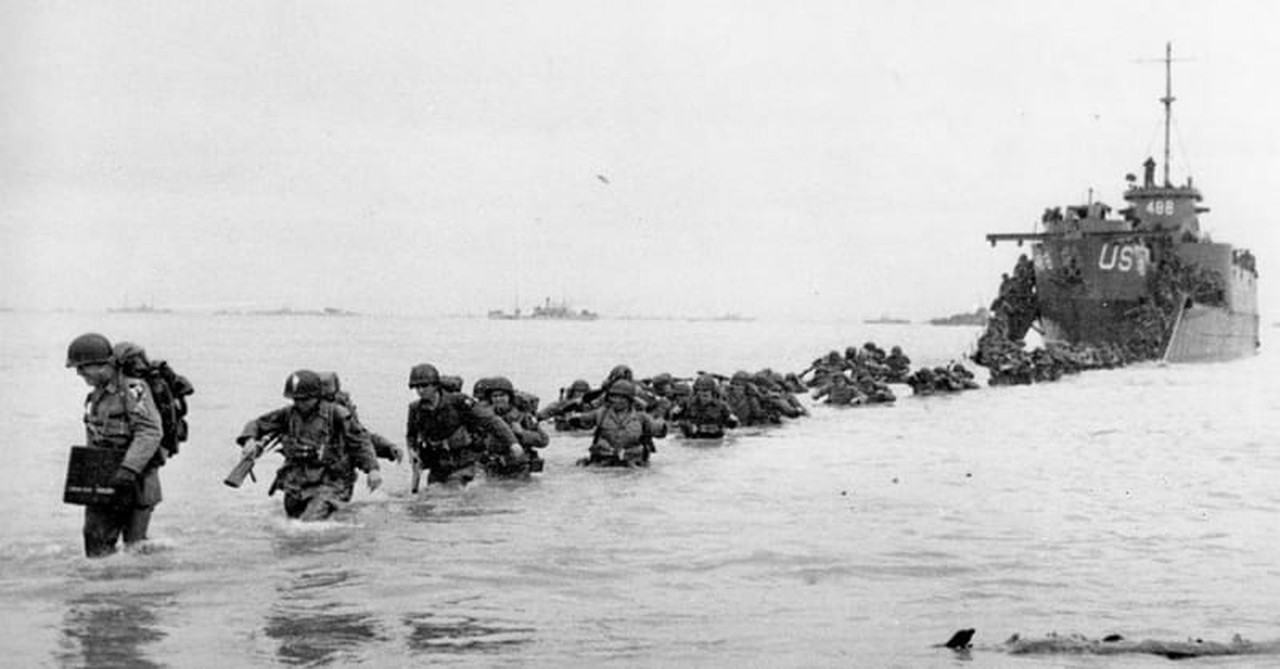
3. How many troops took part in D-Day?
SLIDE 3 OF 7
In all, 156,000 Allied troops took part in D-Day. American forces numbered 73,000, most of whom landed either at Utah or Omaha Beach. British and Canadian forces numbered 83,115 troops who landed on Gold Beach, Juno Beach, or Sword Beach. Americans, Britons, and Canadians also sent in airborne troops.
Photo courtesy: Flickr.com
4. How did the Allies achieve victory?
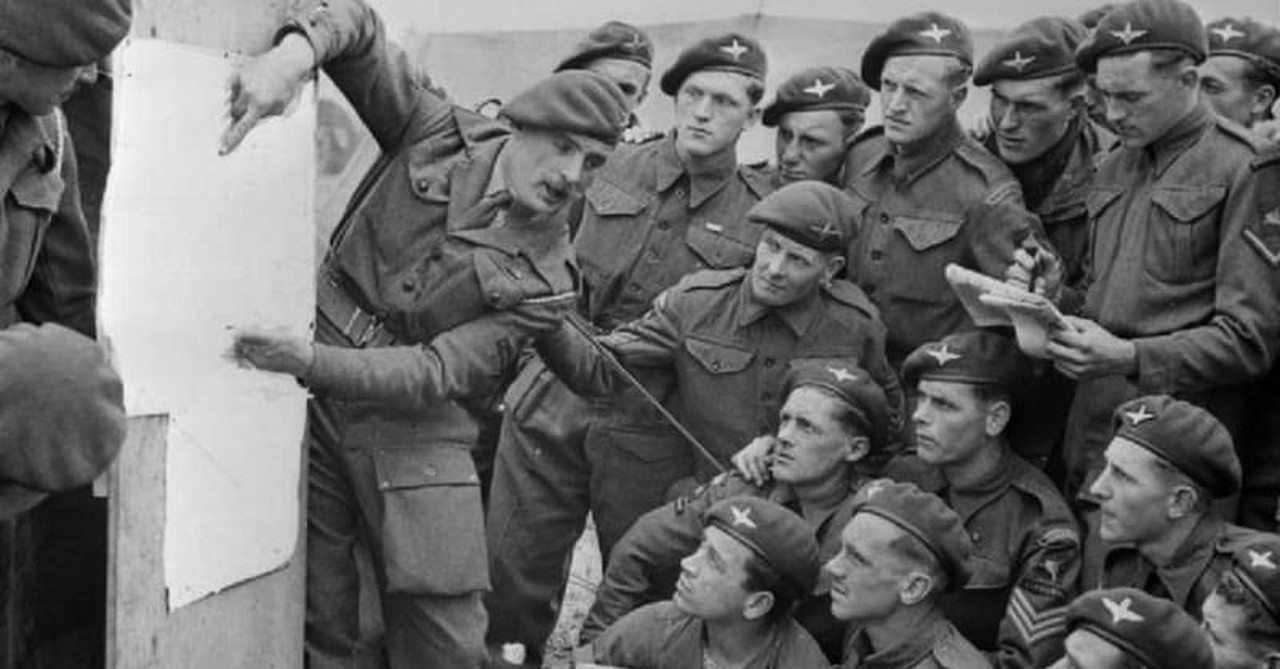
4. How did the Allies achieve victory?
SLIDE 4 OF 7
The answer to this question, of course, is one for the history buffs, but the short answer is that German forces were not finished with their preparations to block-long stretches of the coastline. The Allies were also able to maintain control of the battle in the air. Other factors contributing to an ultimate Allied victory were the French Resistance, complications and indecisiveness among German leadership and the sheer magnitude of the invasion. D-Day is termed the largest seaborne invasion in history.
Photo courtesy: Simple Wikipedia
5. How many casualties were there?

5. How many casualties were there?
SLIDE 5 OF 7
Allied casualties for D-Day have been estimated at around 10,000: 6,603 Americans, 2,700 British, and 946 Canadians. This includes those who died, but also those who were missing in action or became prisoners of war. The number of Allied deaths was initially estimated to be around 2,500, but more recently some historians have put this number higher, at 4,413.
German casualties of D-Day are estimated to be between 4,000 and 9,000, according to the D-Day Museum website.
Photo courtesy: pixabay.com
6. How long after D-Day did World War II end?
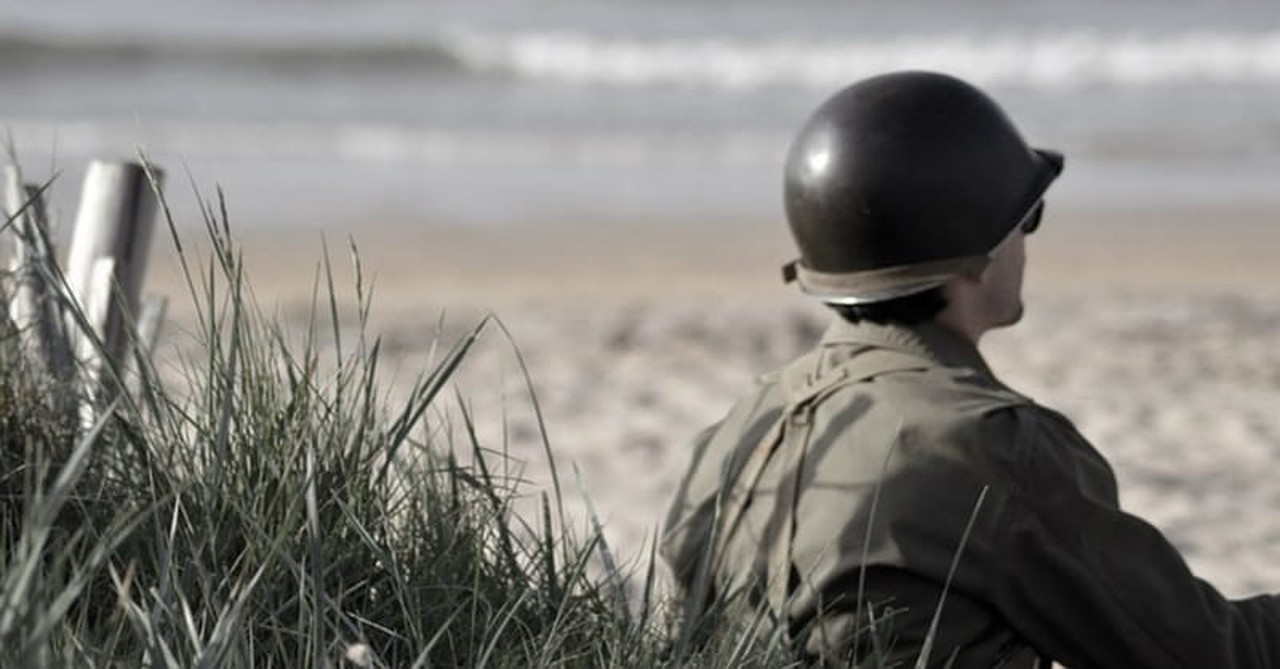
6. How long after D-Day did World War II end?
SLIDE 6 OF 7
World War II ended on September 2, 1944, almost exactly a year and three months after the D-Day invasion. The storming of the beaches in Normandy was a critical operation in World War II because it signaled the liberation of Western Europe from control by the Axis powers. It is often referred to as a turning point in the War.
Photo courtesy: Max Pixel
7. Where can you visit memorials to D-Day?
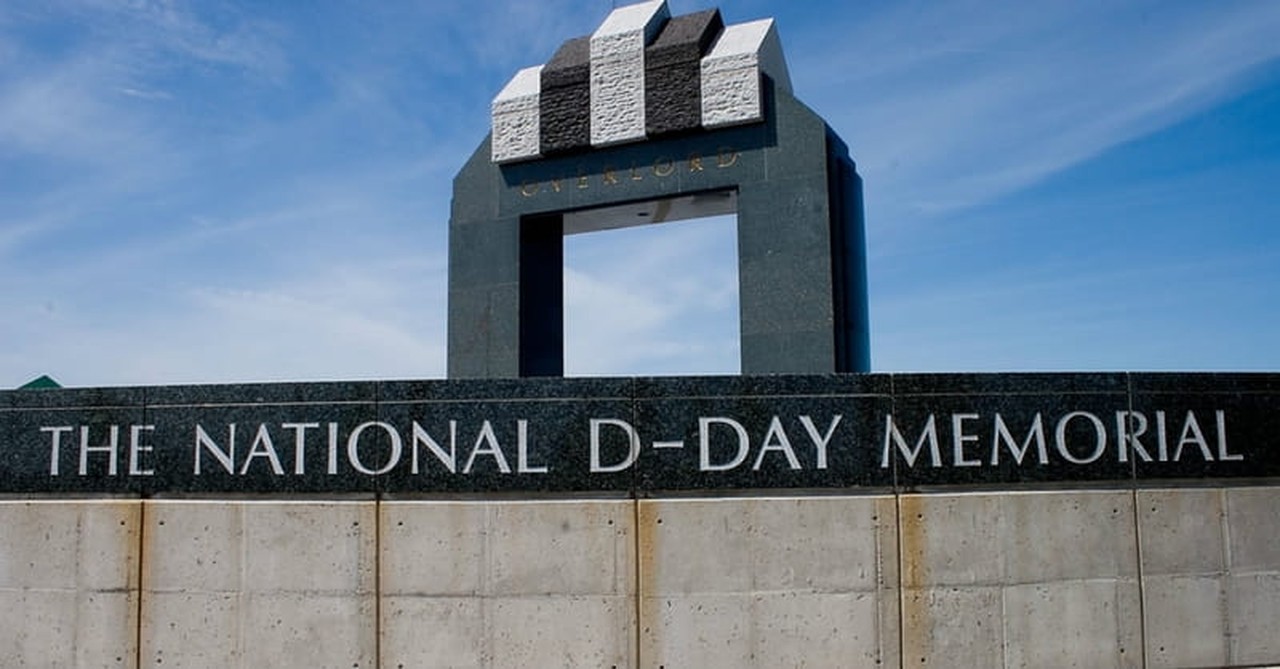
7. Where can you visit memorials to D-Day?
SLIDE 7 OF 7
There are several memorials in Europe commemorating D-Day and honoring those who fought and died on the Normandy beaches. There is also the National D-Day Memorial in Bedford, Virginia, which is pictured in the photo above. It is a striking recreation of such an important event in world history. The American D-Day Memorial is located in Bedford because that small town lost more fighters per capita in the Normandy invasion than any other town in the U.S.
Information gathered from "D-Day and the Battle of Normandy: Your Questions Answered" on the website of the D-Day Museum.
Photo courtesy: Flickr.com
Publication date: June 6, 2017
Originally published June 06, 2022.





